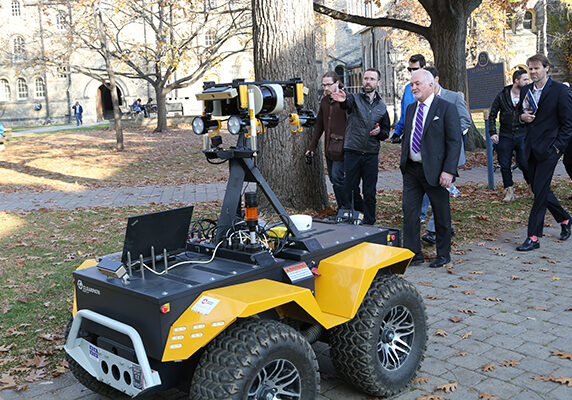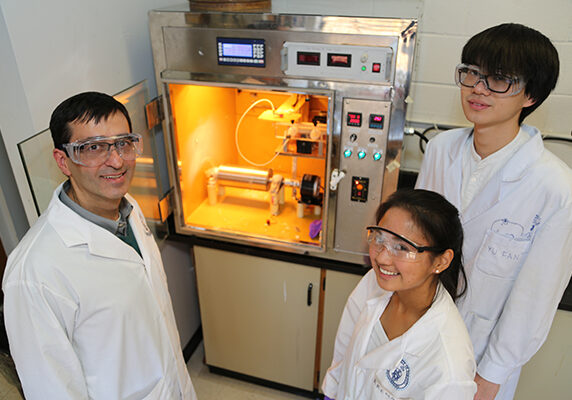
Clean water, clean air: U of T Engineering research addresses big sustainability questions from resource scarcity to climate change
Ramin Farnood is an established leader in water decontamination — now he’s applying that expertise to tackle climate-warming emissions
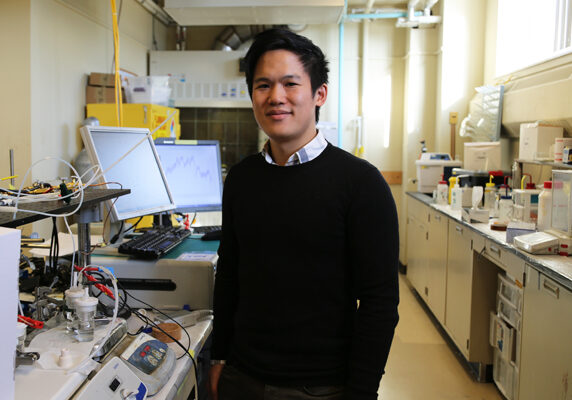
U of T team advances to next round of Carbon XPRIZE competition
A team of U of T researchers led by Professor Ted Sargent had advanced to the second round of the NRG COSIA Carbon XPRIZE international competition.
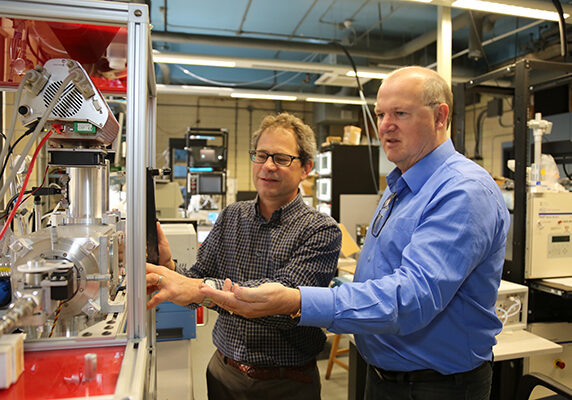
New research consortium aims to build critical bridge between environmental and health data
Canadian Urban Environmental Health Research Consortium (CANUE) will study the role of environment in determining Canadians’ health
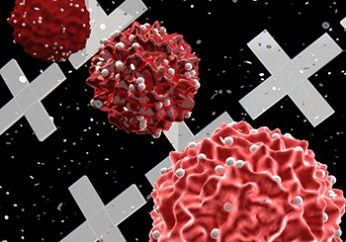
Understanding circulating tumour cells
Ted Sargent (ECE) and Mahla Poudineh (ECE PhD 1T6) part of multidisciplinary research group developing new tool to track circulating tumour cells
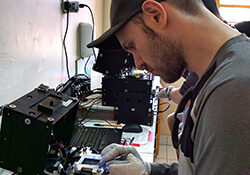
Hacking healthcare in a refugee camp
A team from University of Toronto, led by Professor Aaron Wheeler, took their lab-on-a-chip technology to remote Kenya to test refugees for measles and rubella — and push the limits of what academics can accomplish in the field
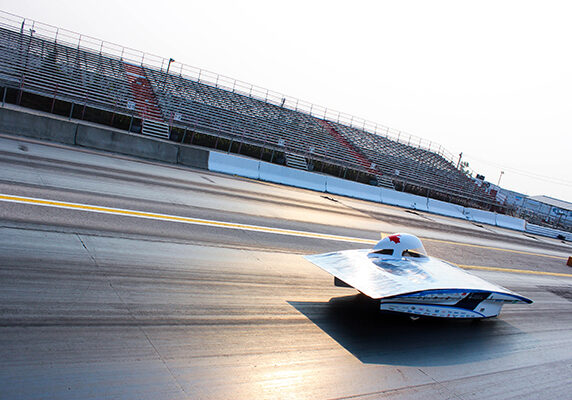
Blue Sky Solar Racing celebrates 20th anniversary
Established in 1996 as the ‘Blue Sky Project,’ the group of intrepid U of T Engineering students designs, builds and races their unique car thousands of kilometres, powered only by the sun’s rays
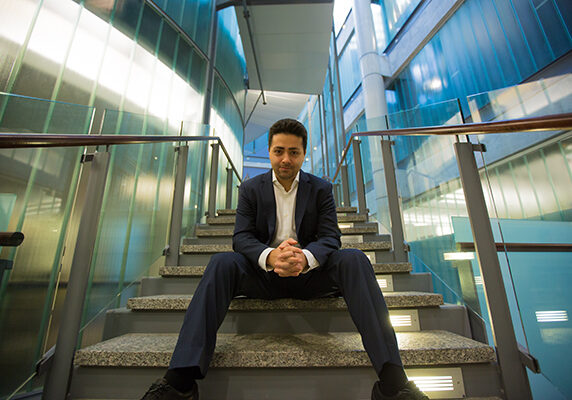
New AI algorithm taught by humans learns beyond its training
A new machine learning training method developed at U of T Engineering enables neural networks to learn directly from human-defined rules, opening new possibilities for artificial intelligence in fields from medical diagnostics to self-driving cars

